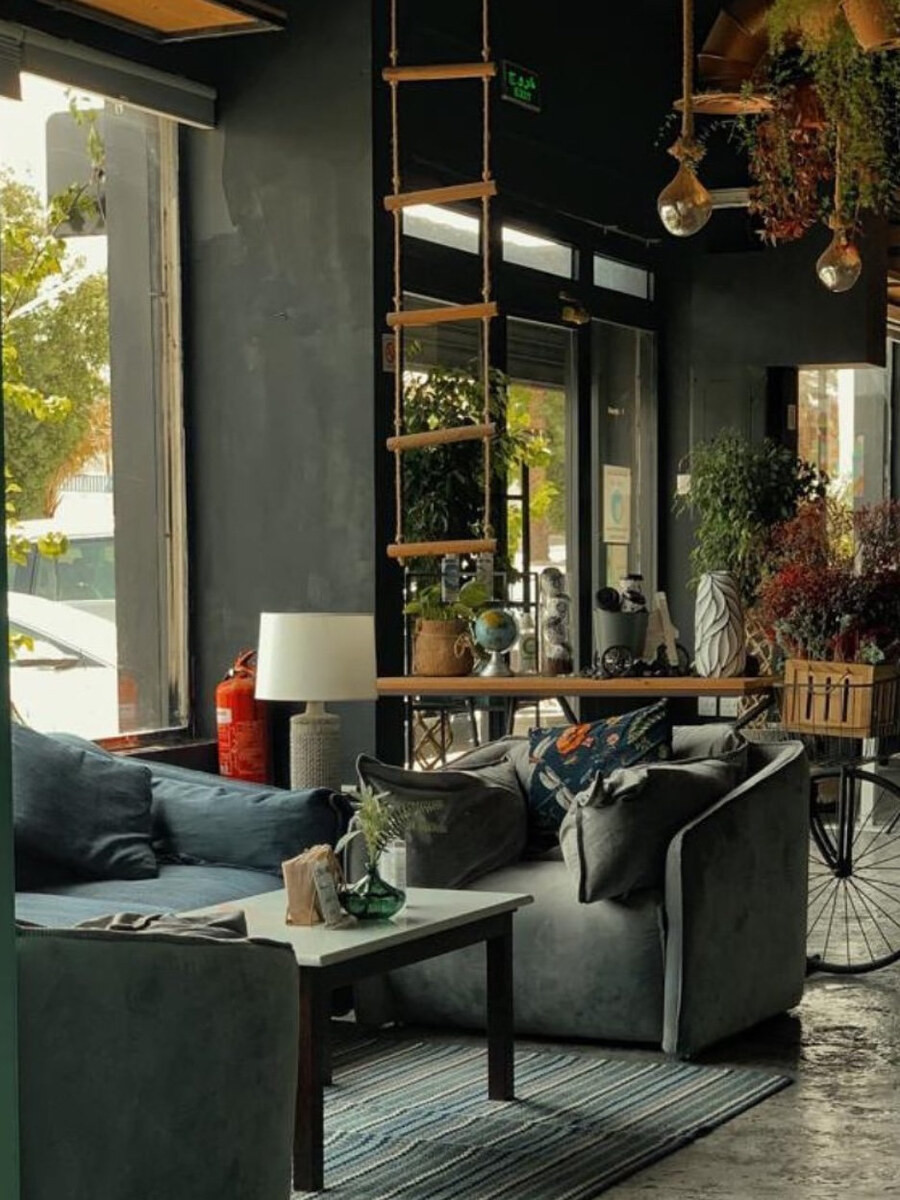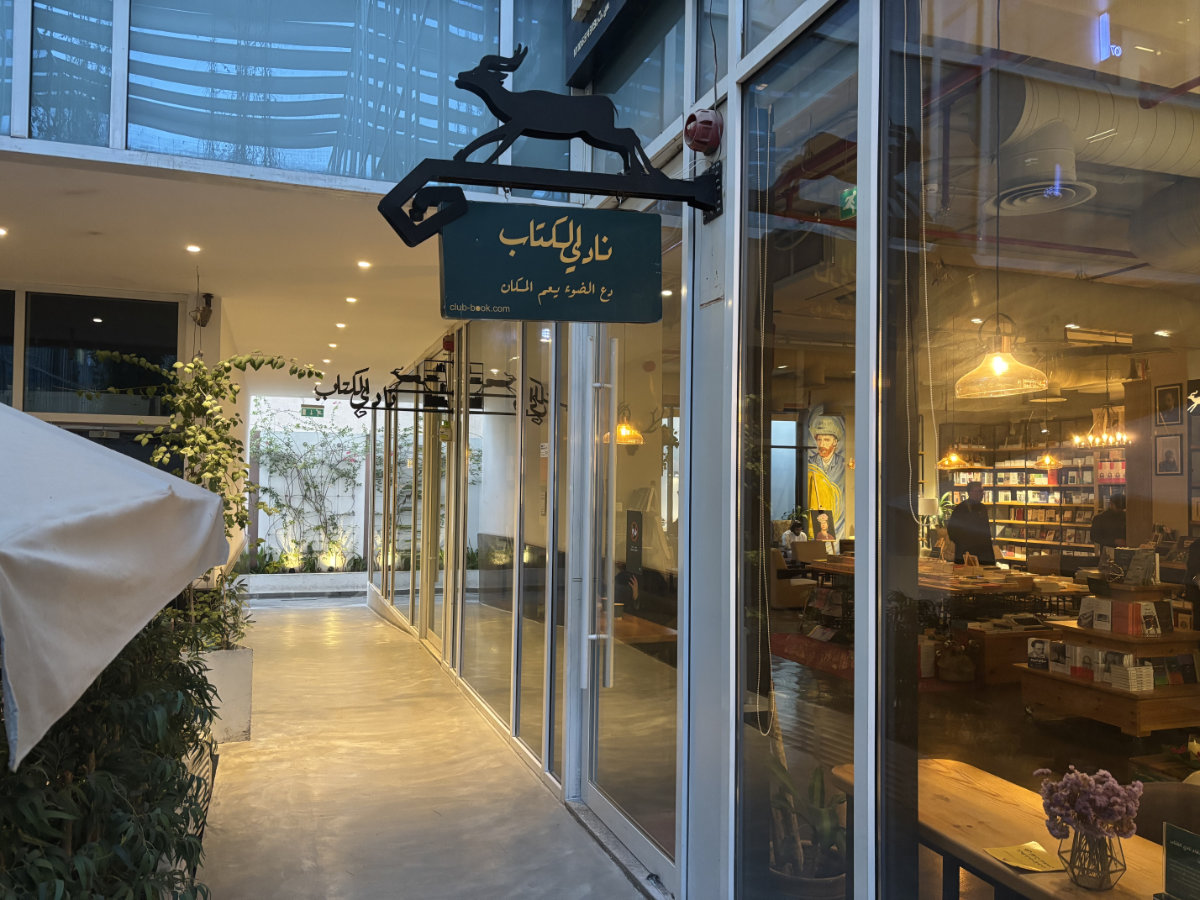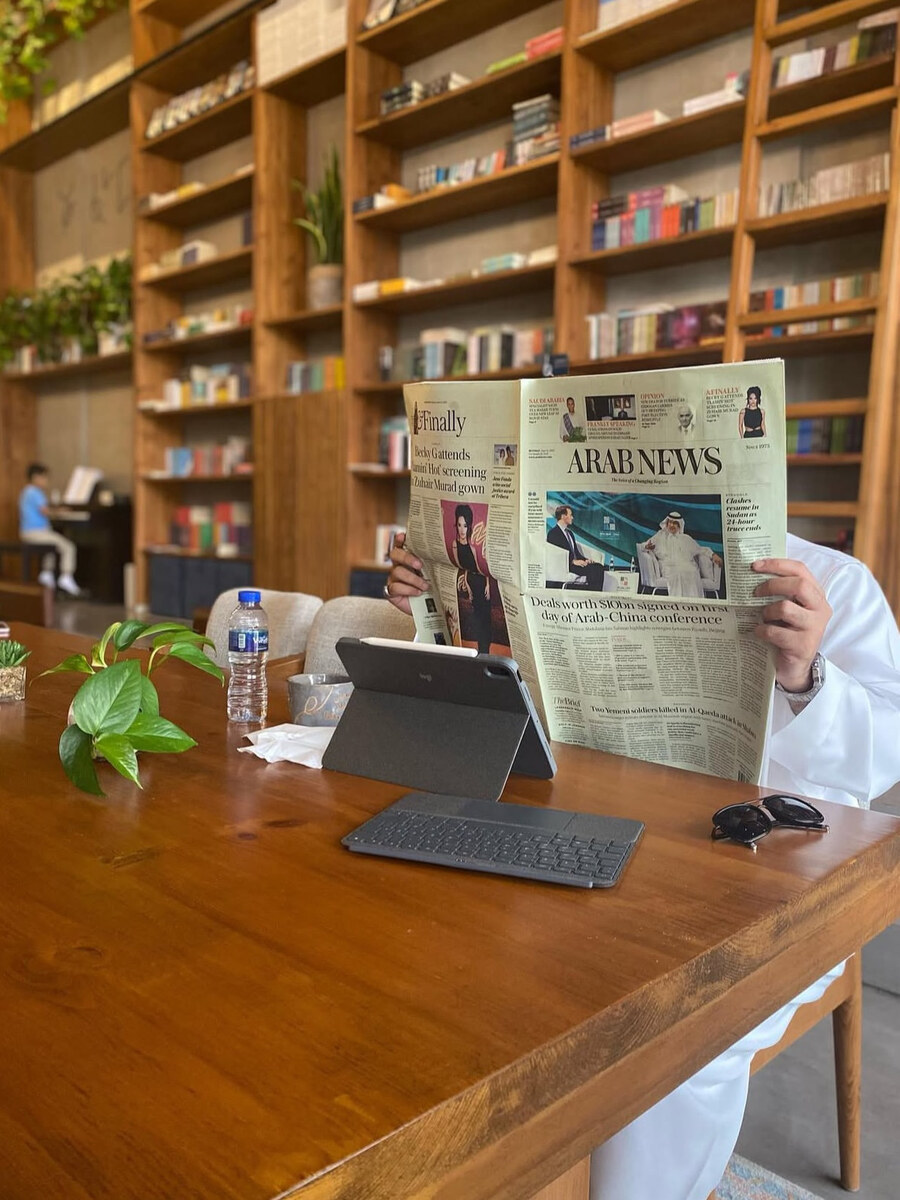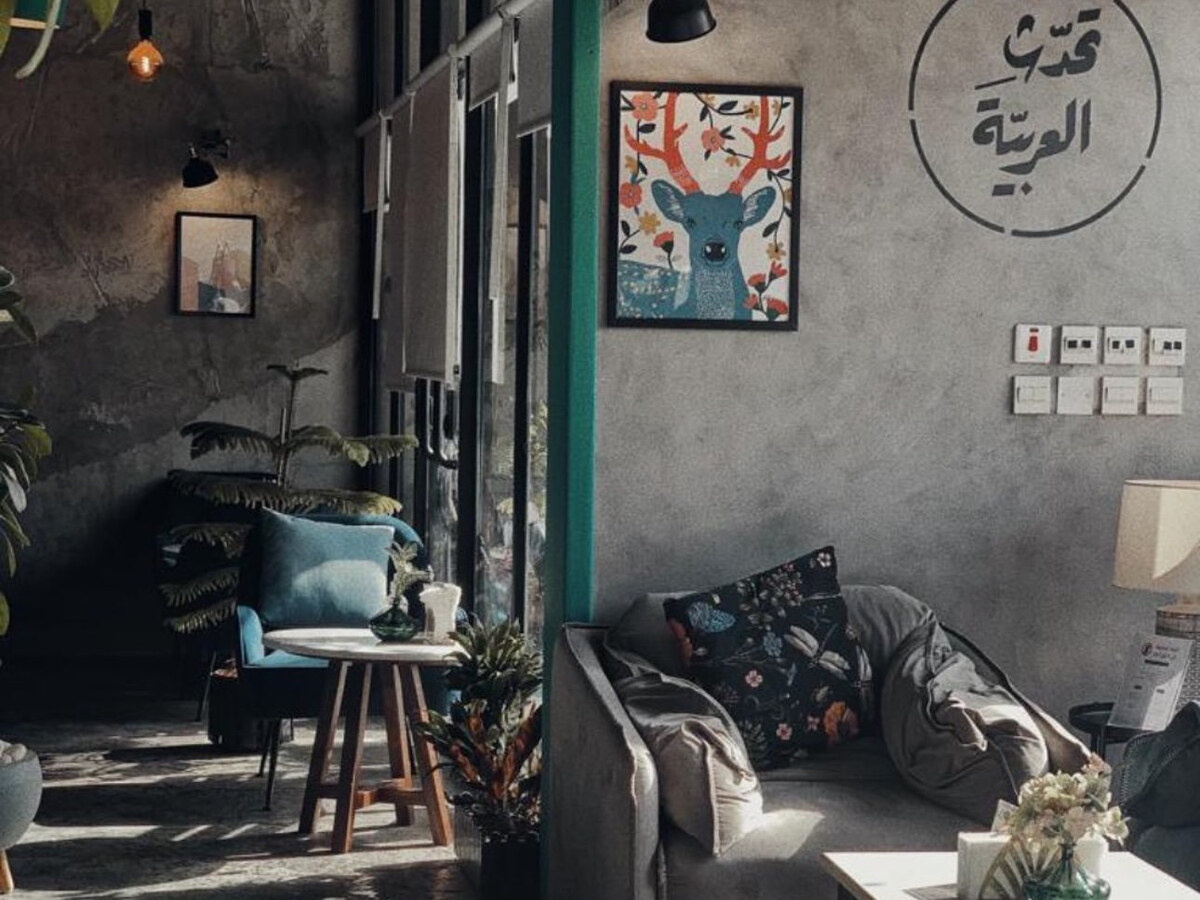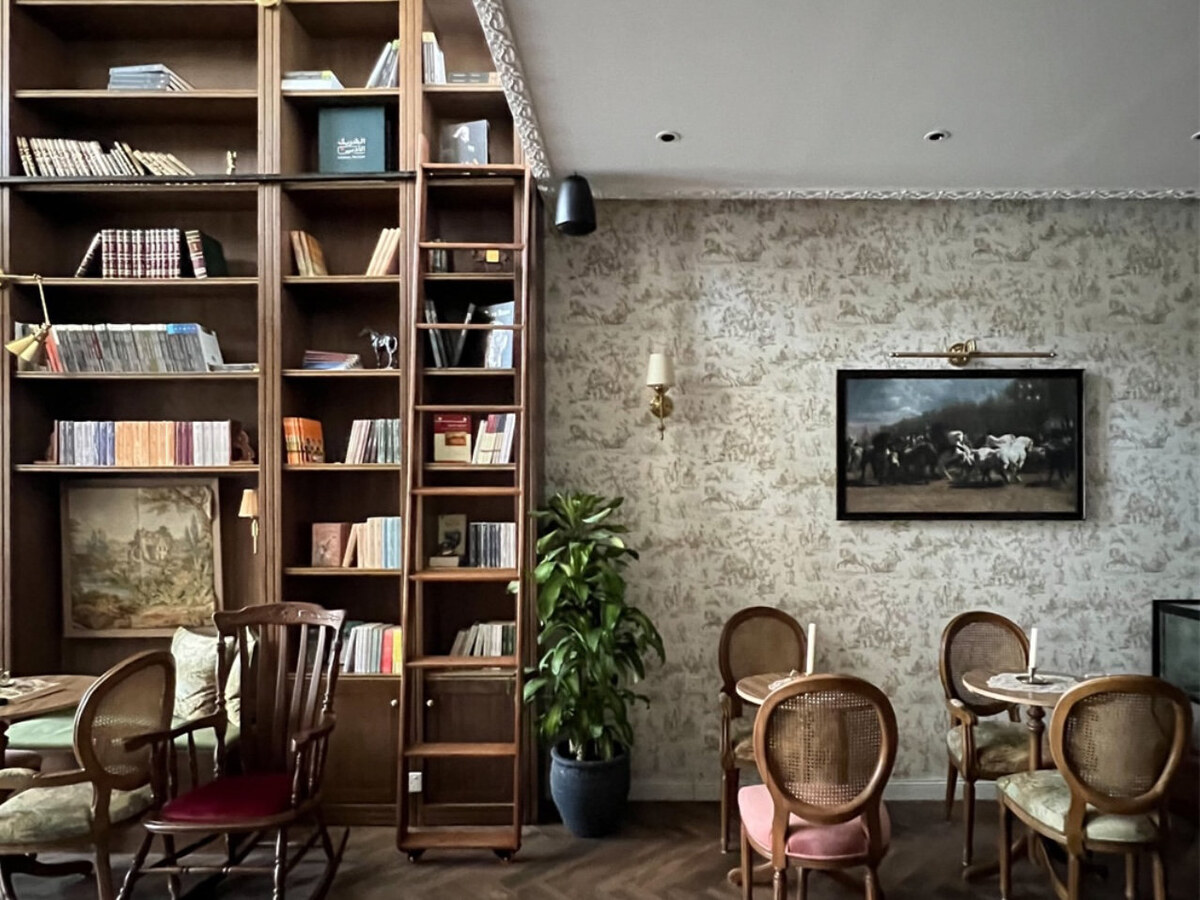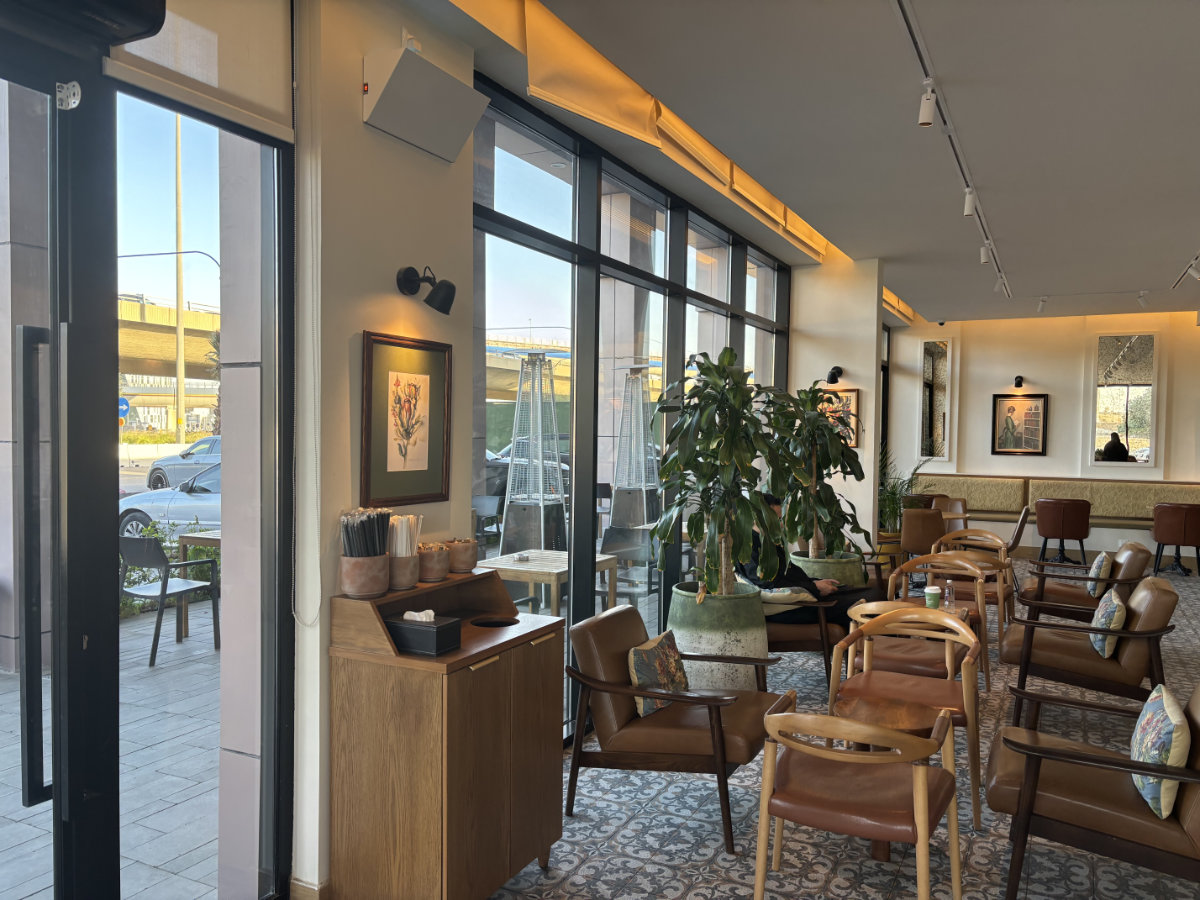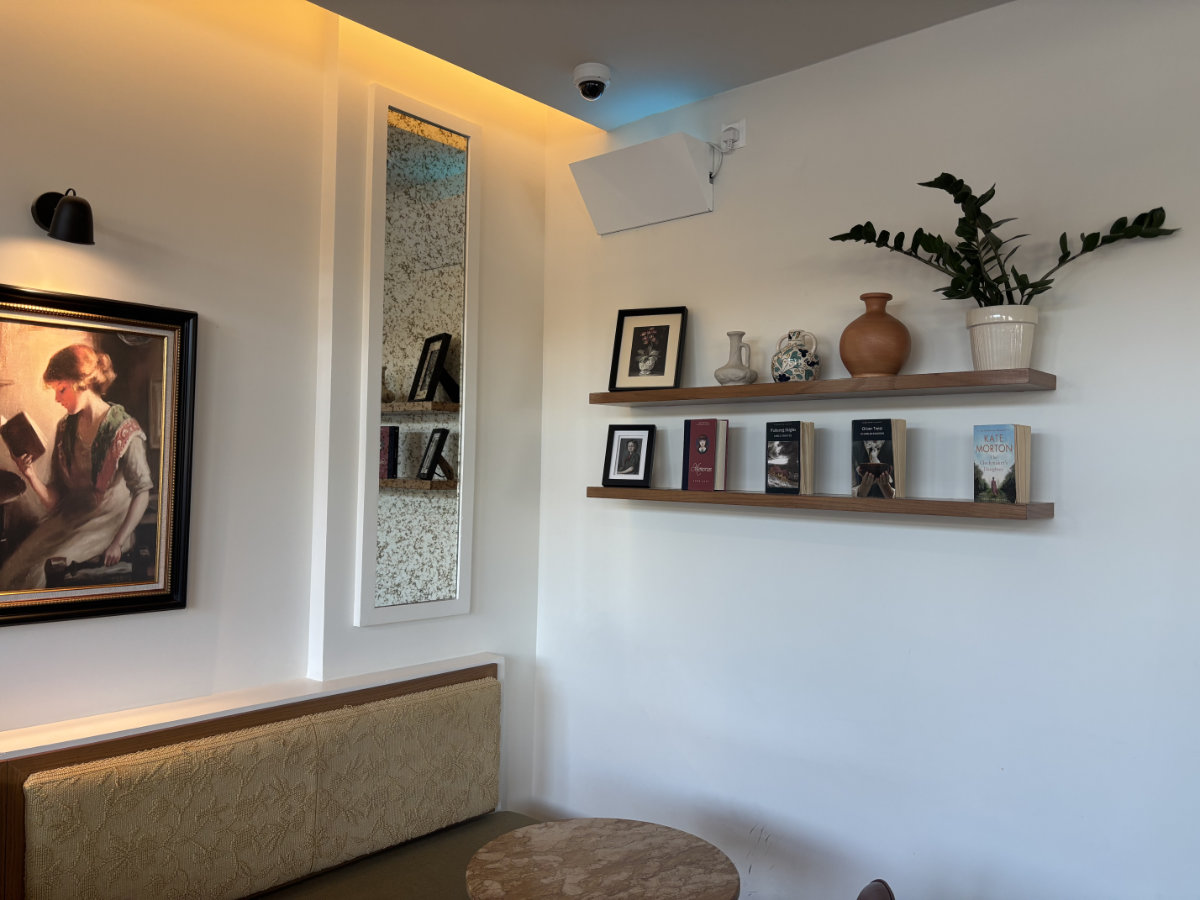LONDON: Nintendo’s biggest release of 2024 brings us back to the rich world of “The Legend of Zelda” series, but with a fresh perspective.
For the first time, Princess Zelda steps into the spotlight, taking charge of the adventure in a bold 2D experience that occasionally switches to side-scrolling segments.
Directed by Tomomi Sano — the first female to do so in the “Zelda” series — the game balances a love for nostalgic gameplay with clever, innovative mechanics, although some aspects feel more limited compared with its open-world predecessors like “Breath of the Wild” and “Tears of the Kingdom.”
While the series is known for its combat and exploration, “Echoes of Wisdom” shifts focus to something more puzzle oriented. Players will rely on Zelda’s new weapon, the Tri Rod, which creates echoes of objects or enemies previously encountered. This opens the door to creative gameplay, where using everyday items such as beds, pots and meat to solve puzzles feels just as rewarding as traditional swordplay. For instance, beds are cleverly used as stairs, pots disguise Zelda from enemies, and meat can distract foes, allowing for stealthier approaches.
This change in combat design might feel odd for diehard fans expecting direct sword-to-sword battles, but it makes for a refreshing take that emphasizes strategy over brute force. There is still a sword, but it is available only for limited stretches of time, making you think more carefully about when to use it. The shift to problem-solving does make the game feel slightly less challenging; the difficulty never feels overwhelming, and getting stuck is almost impossible due to its tight design.
The game plot’s mysterious force — the purple space-like rifts — steal people away, including Link himself. Zelda’s journey involves collecting spirits to repair these rifts, leading to an emotional narrative with plenty of text-heavy storytelling. As you progress, you’ll encounter an evil version of Link, adding intrigue and raising the stakes. While some may find the abundance of dialogue a bit heavy handed, it contributes to a deeper, more fleshed-out story.
The world map is expansive and includes eight dungeons, although it is not on the huge scale of the open-world adventures from previous entries. The structured world feels more like a throwback to older titles in the series, but it lacks the same sense of vastness and discovery that made “Breath of the Wild” a fan favorite. However, the charm lies in its design, with each area offering something unique, like the option to ride a cute horse that makes traversal more fun.
From a visual standpoint, “Echoes of Wisdom” stays true to the series’ roots, blending familiar 2D graphics with occasional side-scrolling moments. The art direction is simple yet effective, evoking a sense of nostalgia while still feeling modern enough to keep players engaged. The same goes for the music, which echoes classic “Zelda” themes while introducing a few new tracks that complement the gameplay beautifully.
Yet there are moments where the game struggles, particularly when several enemies flood the screen, leading to a noticeable drop-in frame rate. This does not ruin the experience but can be jarring during more chaotic moments.
With a playtime of about 12 to 16 hours, “Echoes of Wisdom” delivers a tightly crafted adventure that feels like a tribute to the old-school “Zelda” games. It may not have the enormous scope or freedom of recent entries, but its creative puzzles, clever use of objects, and a compelling story starring Princess Zelda make it a worthwhile journey for fans of the series.
While not perfect, “Echoes of Wisdom” is a charming addition to the “Zelda” legacy, offering a different kind of adventure that feels at once nostalgic and fresh, with a few surprises along the way.





